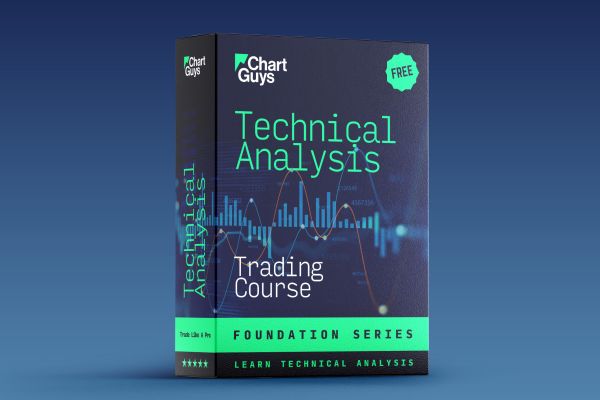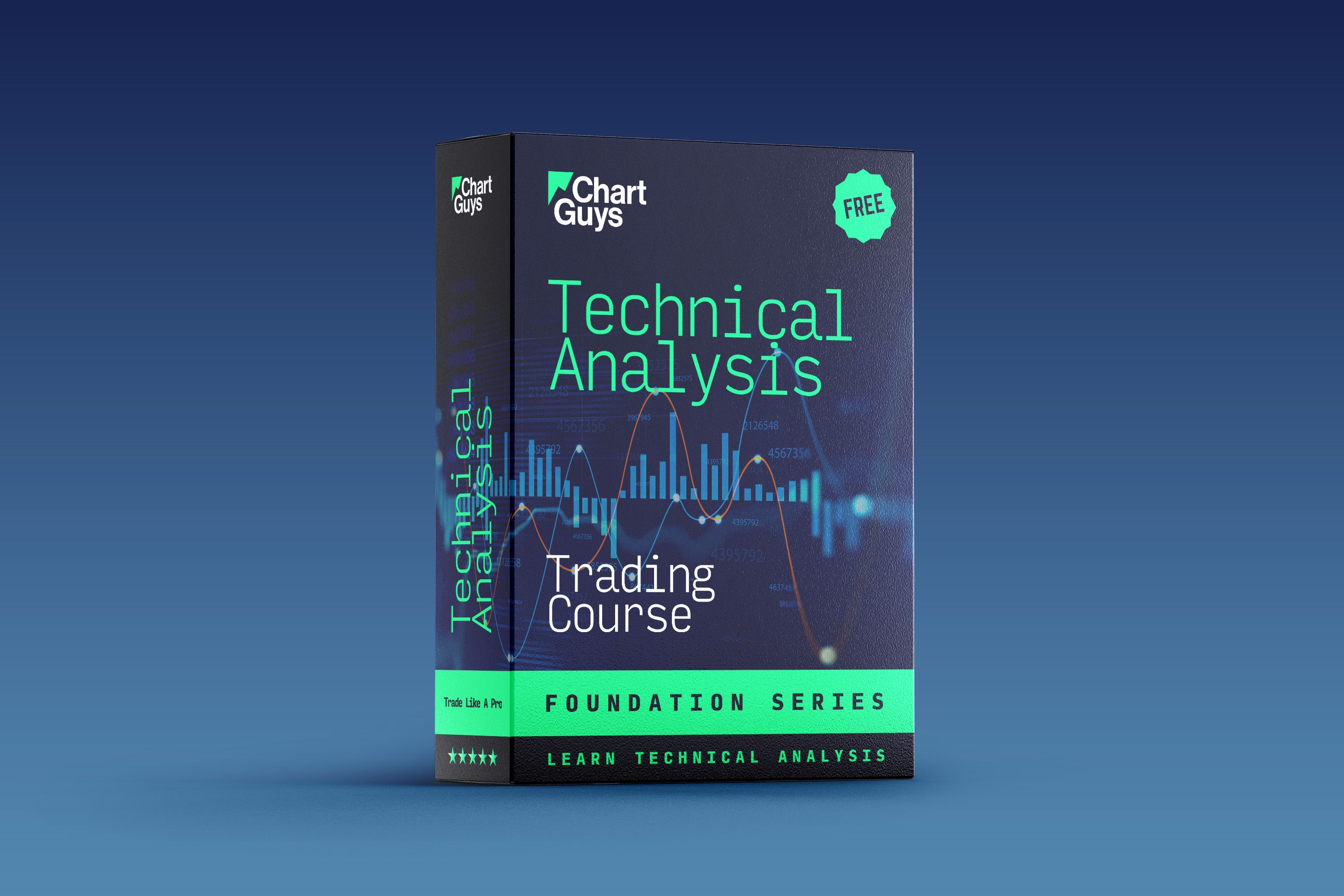Introducing TradingView Paper Trading
Hello, friends! This article is a quick summary of the above educational video and it aims to the video's discussion on how to effectively utilize the paper trade utility provided by TradingView, a tool that's fast becoming a staple for future traders who are eager to sharpen their skills in a risk-free environment.
Paper trading, for those who might be new to the term, is like a flight simulator for traders. It allows you to experience simulated trading, complete with all its ups and downs, without the risk of actual financial loss. Think of it as a practical, hands-on classroom where you can apply your theoretical knowledge in real market conditions.
In this section, we're going to break down the basics of TradingView paper trading. So, let's dive in and explore the benefits of paper trading and how it can be a game-changer in your trading journey, all while using the user-friendly and dynamic platform of TradingView. Stay tuned as we unlock the secrets to mastering this essential trading tool!
Be sure to check out our in-depth article on TradingView Paper Trading here.
Why TradingView Paper Trading Matters
Now, let’s talk about why paper trading is a big deal. Imagine you’re learning to drive. You wouldn’t just hop into a car and hit the highway on your first try, right? Similarly, in trading, jumping directly into the market without practice can be overwhelming, not to mention risky. This is where paper trading comes in as a crucial learning tool, akin to the training wheels on a bicycle, providing stability and safety as you learn.
Paper trading is beneficial for beginners, no doubt. If you're new to trading, diving head-first into technical analysis can feel like trying to solve a complex puzzle. Paper trading offers a hands-on way to put those analytical skills to the test, without the anxiety of real financial stakes. It's like a sandbox where you can build and refine your trading strategies, learning from each simulated trade.
But here’s something you might not expect: even the pros find paper trading incredibly useful. Why? Because markets are always evolving, and even experienced traders encounter scenarios they've never faced before. For instance, if you're a pro at trading in the crypto world and decide to venture into the realm of volatile leveraged ETFs, paper trading becomes a valuable space to adapt and apply your expertise to these new conditions.
Moreover, paper trading shines in times of uncertainty. Picture this: the market's having a rough day, and it’s not wise to trade with real money. Does that mean you should stop learning? Absolutely not! Paper trading allows you to navigate these tough days, testing your strategies against the market’s mood swings, all while keeping your capital safe.
So, whether you’re a newbie getting your feet wet or a seasoned trader exploring new territories, paper trading is a versatile tool that helps you grow and adapt without risking your hard-earned money. It’s not just about practicing; it’s about evolving as a trader in a world where financial markets are constantly changing.
Advantages of TradingView Paper Trading Over Traditional Methods
Tradingview paper trading brings a level of precision and realism that traditional methods can't match. You get to experience market conditions in real-time, complete with all the twists and turns of the market, without waiting for the mailman – or in this case, the market – to deliver the outcome days later.
One significant advantage of using a digital platform is the ability to track and analyze your trades instantly. Imagine trying to keep track of every move in a fast-paced market environment with just a pen and paper. It's like trying to keep score in a high-speed tennis match by writing down every volley. With digital tools, you get an automated, detailed record of your trades, providing valuable insights into your trading style and strategy effectiveness.
Moreover, digital paper trading tools often come equipped with features that mimic real-world trading conditions. This includes access to historical data, various market indicators, and sometimes even news feeds that impact the markets. It's akin to having a comprehensive trading library at your disposal, as opposed to relying solely on your own notes and observations.
The beauty of paper trading lies in its ability to simulate real market conditions. It's not just about playing a hypothetical game of buy and sell. Think of it as a sophisticated dress rehearsal for the actual markets. You're not just practicing your lines; you're immersing yourself in the character of a trader, making decisions based on real-time data, market trends, and economic news, just as you would in the actual trading world.
This realistic approach is crucial, especially when testing new strategies or exploring unfamiliar markets. For example, if you’re used to trading in a certain market like stocks and decide to venture into forex, the dynamics can be quite different. Paper trading allows you to experience these new rhythms and patterns without the risk of real loss. It's like switching from playing classical music to jazz. The fundamentals might be the same, but the style and tempo are different, and practice is key to making a successful transition.
Why TradingView Paper Trading vs. Pen & Paper?
Digital paper trading platforms, however, bring a level of accountability and realism that can curb this tendency. When you place a trade using a tool like TradingView, you’re committing to a decision based on real market data and conditions. There’s no room for “I would have” scenarios. It’s like having an impartial coach with you during practice, ensuring that every step you take is in line with your training plan.
Discipline is vital for several reasons. Firstly, it ensures that the lessons you learn during paper trading are applicable and valuable in real trading. Secondly, it helps you develop a trading strategy that is not just theoretically sound but also practically viable. And most importantly, it instills a sense of discipline and honesty that is crucial for long-term success in trading.
When traders engage in traditional paper trading, there's often a temptation to bend the rules. It's easy to retrospectively adjust your trades to what you think would have happened, much like a quarterback claiming they would have made a touchdown if only they had thrown the ball differently. This approach might boost your confidence in the short term, but it doesn’t prepare you for the unpredictable nature of the real market.
This realistic approach is vital for effective learning. It's about more than just practicing; it's about experiencing the market's ebbs and flows, learning to manage emotions, and making decisions based on analysis and strategy, not hindsight. Just as a musician rehearses with the same intensity as a live performance, a trader uses paper trading to prepare for the live markets.
Conclusion: Maximizing the Value of TradingView Paper Trading
The value of paper trading extends far beyond the initial learning phase. It's a continuous journey of growth and adaptation, much like a gardener who constantly tends to their plants, adjusting to seasonal changes and learning from each growth cycle. In the world of trading, the markets are your garden, ever-changing and requiring your attention and adaptability.
Remember, the skills you've honed through paper trading – from setting up trades to making real-time adjustments – are more than just theoretical exercises. They are the building blocks of a robust trading strategy, the kind that can weather the storms of the real market. Think of it as constructing a sturdy ship, one that can navigate both calm seas and turbulent waves.
Still curious about paper trading? Check out our main article to get started with our Step-by-step Guide to TradingView Paper Trading.















